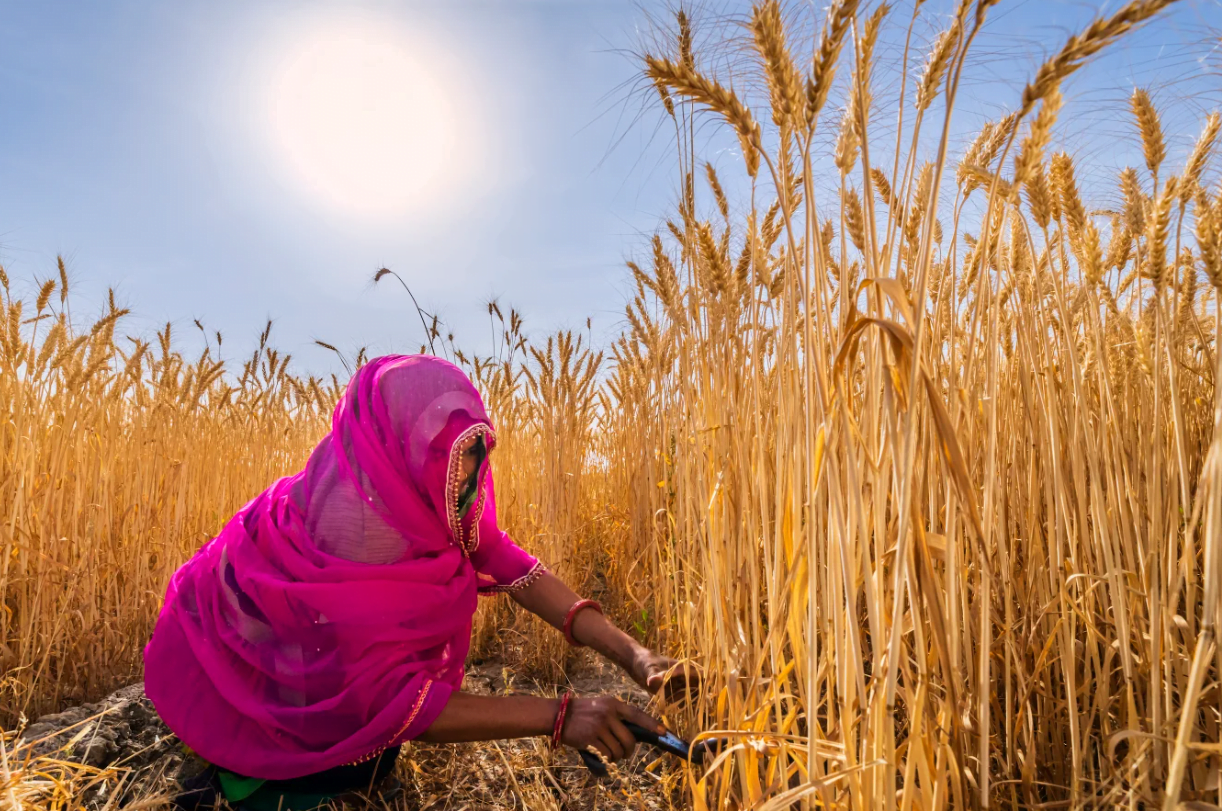Editor’s Note: This month, that is July 2020, FII’s #MoodOfTheMonth is Feminism And Body Image, where we invite various articles about the diverse range of experiences which we often confront, with respect to our bodies in private or public spaces, or both. If you’d like to share your article, email us at pragya@feminisminindia.com.
Posted by Janhavi Sharma
Bras, have existed since time immemorial and have been internalised by a large chunk of women as an essential element of their wardrobes, globally. The idea of this tight-breast-covering garment seems to have found a place for itself on not just the bodies of women, but also in the heteropatriarchal mentality of the perpetrators of oppression. For many women, the bra is believed to be just another body part. The bra today is not simply a piece of cloth, but has the larger politics of gender identity, oppression and social construction attached to it.
Historically, bras emerged as an offset of corsets that had dominated the royal courts of Europe from the 16th century onward, in a bid to make aristocratic women appear ‘beautiful’ and ‘sexually appealing’. The idea behind the corset was to restrict the upper body from appearing disproportionate wherein the tightly strung piece of wood and cloth was used to accentuate the breasts and the hips by reducing the size of the waist. This restrictive process of ‘beautification’ has been ensconced in the idea that women need to fulfil certain social gendered roles that fuel their femininity and trap them in the mould of what was considered to be, the ‘ideal body type’ for women. Bras thus, are not far from this and can simply be seen as a modern-day corsets.

Bras were introduced to India in the light of colonial domination, that perpetuated the idea of ‘modesty’ wherein women were required to ‘protect’ themselves from the immodest lens of lurkers or in this case, patriarchy. Bras were alien to the subcontinent before this, as is evidenced by sculptures, relief carvings and paintings showing bare chested women in all their agential glory. However, a counterpart to the bra was gradually developed in India as the choli or a garment that was cut out of a single piece of cloth for the purposes of covering the chest.
The idea behind introducing a garment like the bra to the world was driven by the anxieties of the perpetrators and upholders of patriarchy who wanted to exercise complete control over women’s sexuality.
The idea behind introducing a garment like the bra to the world was driven by the anxieties of the perpetrators and upholders of patriarchy who wanted to exercise complete control over women’s sexuality.
Women’s sexuality, especially in India, has been seen as something that is feared and hence needs to be controlled that if let loose, it can wreak havoc for humankind. Vested in this idea of control of female sexuality, is the concept of honour. The woman is seen as the carrier of honour of the family and if her sexuality is violated, her honour and by virtue of that the family’s honour too, is seen as tarnished. This forms the backbone of the protectionist nature of the patriarchal forces’ bid to control women’s sexuality.
This idea of policing female sexuality has been drawn from many ancient texts like the Manusmriti as well as the myths—Ramayana and Mahabharata. These texts have explicitly talked about how women need to be relegated to the confines of the inner sanctum of the house, to protect them from violators looking to tarnish their sexualities. The Manusmriti sees women as inherent infidels who need to be contained. This idea of control under the garb of ‘protection’ also manifests itself in the Ramayana where Sita is bound by the Lakshmana Rekha, which she ultimately defies.
Also read: Where Does Ageism And Sexism Meet In India?
In this context, bras emerge as tools that are used to exercise control over women’s sexuality. They represent the claws that latch onto women’s freedom of expression and embracion of their sexuality in all its rawness. They perpetuate the idea that an institution, foreign to their bodies, can systematically control its crevices and contours and determine what these bodies should adorn and shed in compliance or defiance of what is socially appropriate.
With COVID-19 lockdowns being imposed all across the globe, the concept of wearing bras has found itself in the redundant basket. Women in lockdown globally, have uninhibitedly discarded the bra wearing ritual, paving the way for leading a comfortable and unrestricted lifestyle. Discarding the bra, here becomes emblematic of shedding all imposed gender based roles, restrictions, oppressive modes of control and heteropatriarchal notions of appropriate gender based performativity. The physical restrictions imposed by the pandemic, have ironically led to the removal of certain intangible restrictions on the lives of women.
Discarding the bra, here becomes emblematic of shedding all imposed gender based roles, restrictions, oppressive modes of control and heteropatriarchal notions of appropriate gender based performativity. The physical restrictions imposed by the pandemic, have ironically led to the removal of certain intangible restrictions on the lives of women.
The flip-side to this however, is that perhaps part of the reason why women are experiencing liberty from bras, is because they are confined to the spaces of their homes, that aren’t as aggressively spectatorial. Once women step out into the public space again, owing to the oppressive and appalling nature of the male gaze that views women as sexualised objects, many of them will be compelled to surrender their freedoms to the bra. This return to the realm of the confined can perhaps be altered if the idea of not wearing bras is normalised altogether by a radical process of restructuring of patriarchal notions, either through protest or via affirmative action.

Interestingly, to some women who identify as women in the patriarchal sense of the term, bras can be oppressive in a way that attempts to control their sexuality. For women who don’t fit into the patriarchal template of ‘real women’ bras can be oppressive in a way that alienates them from the discourse that valourises them.
Also read: Negative Body Imaging: How And Why To Disabuse It?
Bras are restrictive, no doubt. The pandemic has offered many women across the globe the opportunity to break away from that oppression and transcend the boundaries of appropriate gender performativity to establish for themselves, an atmosphere of freedom and liberation from the existing heteropatriarchal structures that bind women.
Janhavi Sharma is a gender, history and food enthusiast and recently graduated from the Young India Fellowship at Ashoka University. She wants to study Gender and Sexuality for her master’s and wants to travel to Azerbaijan. She is an ardent feminist and aims to make a difference within the discourse of academia. You can find her on Facebook, Instagram, LinkedIn and Twitter.
Featured Image Source: Pinterest





Arrey, you don’t want to wear a bra, don’t. Why do we women need the world’s permission for this? Just defeats the purpose.